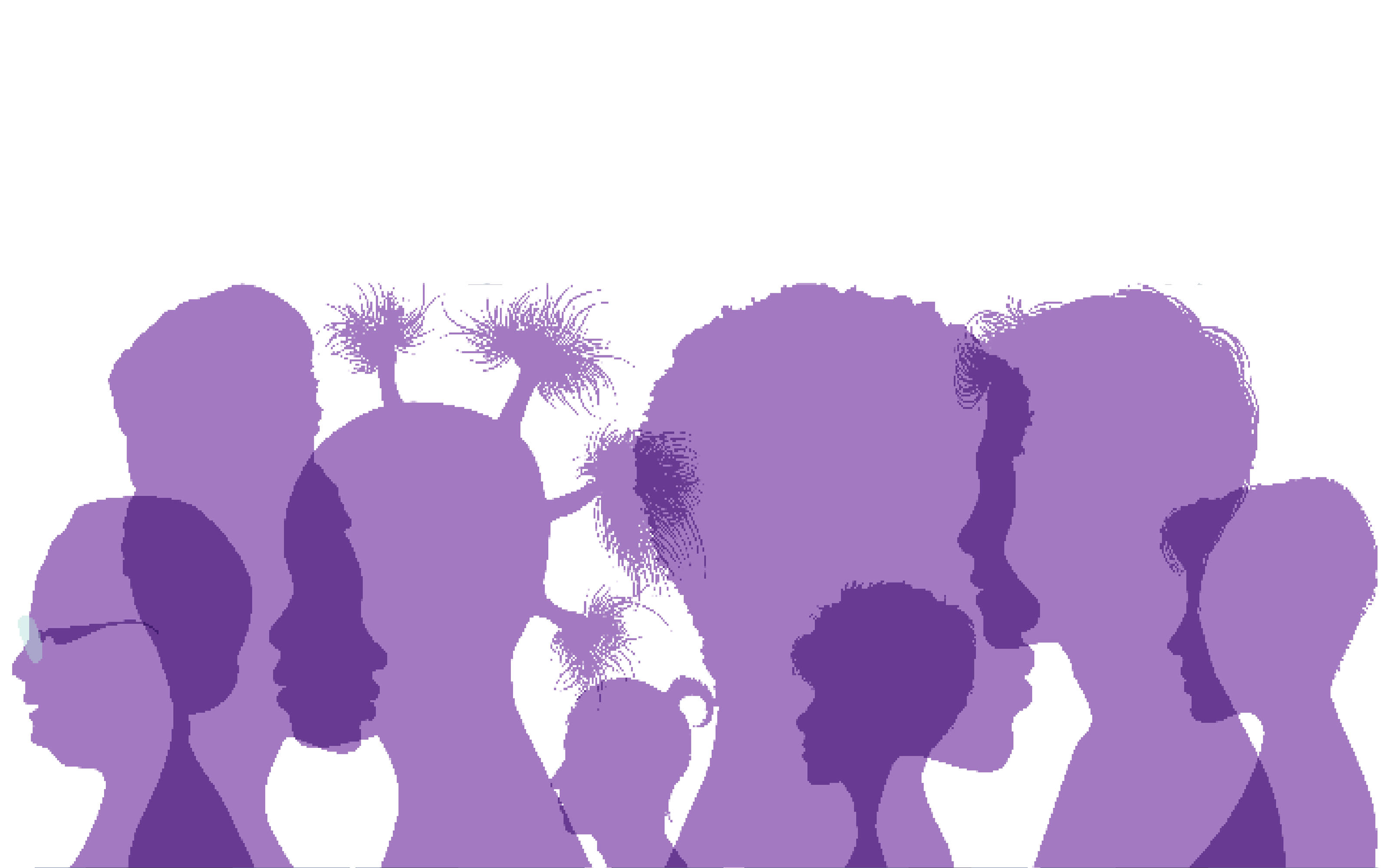What did you do to create inclusive practice and how did you do it?
In collaboration with UDOL (University of Derby Online), I developed an online escape room – ‘The Night of the Hungry, Hungry Robot’ – that was designed to introduce students, regardless of their mode of study, to the library’s resources. As an online resource, students can access and play the game on campus, off campus or at a partner institution. My main role was establishing the learning outcomes (LO) for the game. These were based on recurring queries the library enquiry service and Academic Librarian team have received from students; for example, how to find an e-book, how to search the discovery platform, etc. My knowledge of the library’s resources as a librarian meant that I was also responsible for checking the gameplay – a key development stage. With a standard on-campus induction, the librarian demonstrates the resources and students have opportunities to ask questions. However, with a self-directed online resource, students are required to figure out the resources themselves. Therefore, it was essential that hints, descriptions and instructions for how to use and access the resources were accurate and easy to understand. Additionally, to assist students further, a short how-to video was created that could be accessed prior to starting the game. As experts in online content creation, UDOL were in charge of storyboarding, set creation, filming and building the game (using articulate software).
Why did you implement your example of inclusive practice?
Traditional library orientation methods have the unfortunate reputation of being tedious and overwhelming, with students struggling to retain basic library information and library staff finding it difficult to make activities relevant and interesting (Morgan and Davies 2004). In 2018, I developed a physical escape room (‘Zombie Attack’) which introduced students, in a fun way, to the main library resources and systems. Educational escape rooms are a way to innovate teaching sessions and enhance critical thinking alongside knowledge pertaining to the subject of the room itself. The ‘Zombie Attack’ room was used, successfully, as part of the library’s induction activities and received very positive feedback. However, the main drawback was that participation was limited to students based on campus.
The University has a large online student population and therefore developing an online version of the escape room facilitated opportunities for all students to participate and engage with the library service.
What was the impact of your case study?
The online escape room was evaluated by means of a feedback form linked at the end of the game. Students were asked to rate their confidence levels, both before and after the game, in using: Library catalogue Discovery platform (Library Plus) E-Journals Finder Library Guides For each resource, students’ confidence levels increased after they had played the game. Overall, those who completed the evaluation form reported that their confidence in using online elements of the library increased from 51% to 92%. Qualitative feedback was also collected via an open-ended question, which asked: ‘Is there any feedback or comments you would like to share with us relating to this online experience?’ Responses indicated that, in contrast to standard library induction activities, the escape room was a ‘fun’, ‘engaging’, ‘innovative’ and ‘creative’ method of learning how to use the library.
What were the lessons learned?
One of the most important aspects of developing an escape room is the learning objectives, or the skills you want students to develop/learn by playing the game. These should be established first and then the game and storyline built around them. Additionally, having a narrative or theme that traverses the game is essential: not only does this make the game more enjoyable, but it also engages participants with the scenario more fully. A strong story or theme can make or break the fun element of an escape room.
